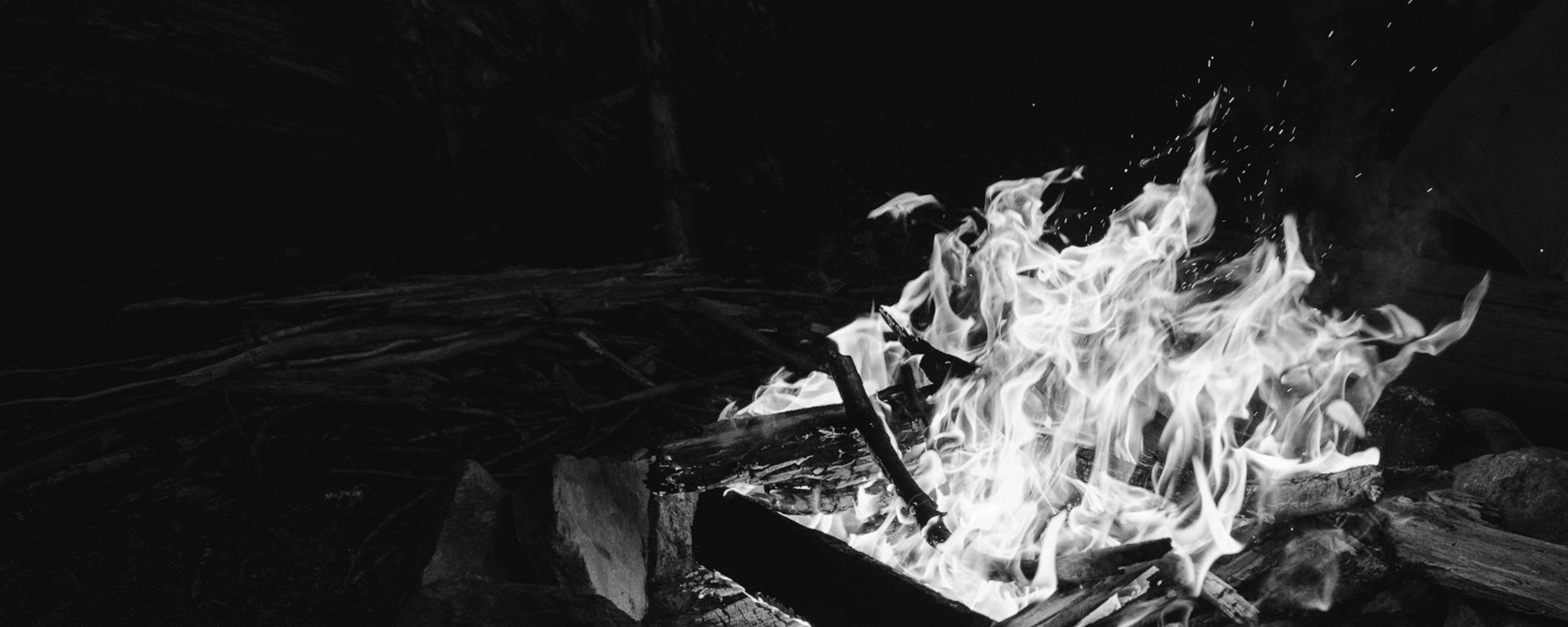22 Feb Be A Land Rover Not A Formula 1 Race Car
And most of them aren’t done at bodyweight. You know that there’s packs to carry you got mountains to scale vert to gain pulks and sled to pull, and there are nuances to each. At the same time, there are only so many ways to skin a cat. There are only so many ways to strengthen say that the rotator cuff to prevent a shoulder injury. There are only so many ways to open up the hips improve range of motion whilst improving the strength in the lower limbs. There are certain protocols which bring you the best bang for your buck. You know, we’re all very time poor and we want to have our best bang for the buck. For example, whether you’re a mountaineer a Trekker, a mountain or trail runner, optimal knee ability will protect your knees going downhill with you making breakneck fast, deep technical descent on fell, trail and mountain running, or making a big day’s descent on mountaineering peaks with you know, 15 to 20 Kg’s of load on your back, you should make knee ability and what we call strength through length, which is the optimal strength for range of motion a major part of your program. So whilst building your fitness in the background, in what order do we approach our strength training specifically, start by assessing where you’re at now, be aware of limb differences, issues around stability through the hips, knees, shoulders, build yourself a program that starts off by promoting what we call structural balance, and then move into a phase that we call general physical preparation, you know, strengthening your body generally, this isn’t activity specific exercises. This is our strength base. And lastly, we go to specificity. This is where we closely emulate the activities that we do. Now. We hear all the time the Google educated with the cry of “argh but I’m a….” And you can insert runner, mountaineer, cyclist, trekker here, I want to do exercises that are specific for me. And yes, we do. But once we have worked on our balance, strengthened our joints, the connective tissue and got the CNS system that’s at the the central nervous system firing optimally. You know, if you piss weak out of balance and copping injuries, there’s no point in specificity… yet. And then once we have a foundation, we look at the individual needs of your activity or challenge and add to them so that you’re at your peak when you need to be with the most optimal chance of success. Okay, got it.



No Comments